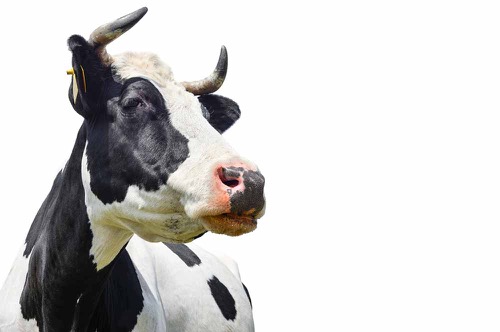I just heated up a big glass of the Saint Benoit brand. It tastes good. It has a ton of fat sitting at the top of the bottle which is not easy to remove at all unless you use one of the devices mentioned in this thread.
I get rid of some of the fat by heating up the milk in a sauce pot, and letting the fat settle at the top while it cools down. A lot of fat still remains I'd say.
Have you tried using a turkey baster to remove the cream or drinking from the bottom of the milk container with a straw once the cream has risen to the top? I get raw goat’s milk from a farm every week and when I get it home, I put a straw in each jar and let the cream rise to the surface—it takes about 3–5 days because goat’s milk is naturally homogenized—and when I’m ready to drink it, I just drink from the bottom until I hit the cream line.
also apparently the holstein cows have been bred for many years to produce copious amounts of milk which is lower in quality and percentage of fat. that is the white/black cow and the common milking cow in the US. it is claimed the A1 protein is a result of genetic mutation, but that is the mainstream claim, i wonder if the A1 protein resulted due to cows being raised/fed in extremely unsanitary ways or if they were possibly fed cow meat or something. because the jersey and guernsey cows, human breast milk, sheep milk, camel milk, goat milk etc are apparently all A2... the A1 is a modern thing supposedly result of a genetic mutation
Not that I necessarily believe in the A2 theory but from my understanding, just because a cow is Guernsey or Jersey, unless they’ve been tested, there’s no guarantee that they produce 100% A2/A2 milk. In regards to Holsteins, I thought this was interesting:
“During the past year, all cows and heifers were genotyped at the University of Minnesota’s research dairy herd in Morris. The A2 status of the cows and heifers in the herd is listed at the bottom of Table 1. You can see that over 50% of the Holsteins in the herd, have A2A2, which was not expected because this trait was not selected for. The 1964 genetic line Holsteins, had a lower percentage of animals that were A2A2 at 26%. Uniquely, the crossbred cows and heifers ranged from 36 to 50% of animals that were A2A2, as expected.”
Breeding for A2 Milk | West Central Research and Outreach Center
By Brad Heins, Associate Professor of Dairy Science, and Glenda Pereira, PhD Animal Science student May 2019


